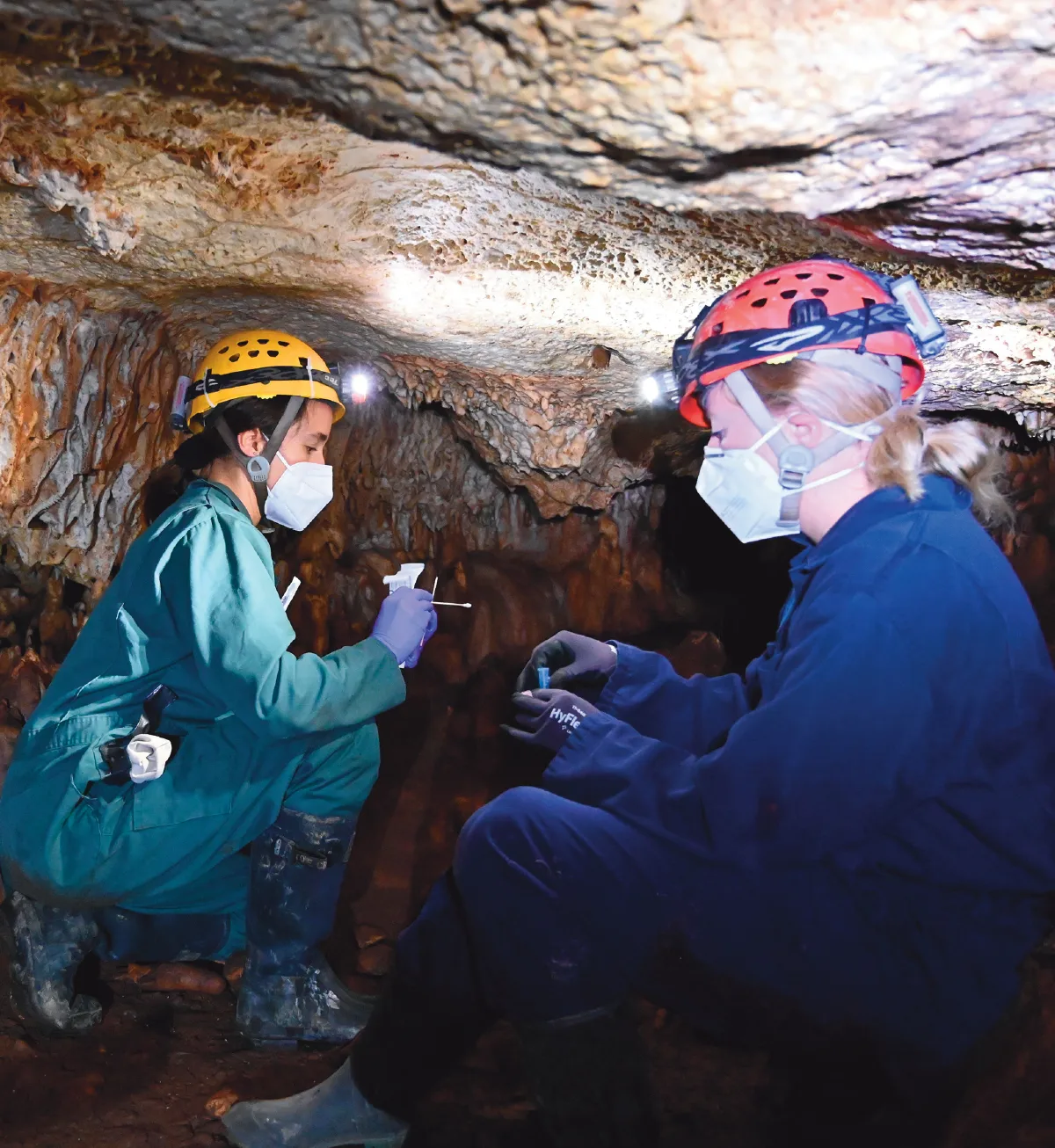

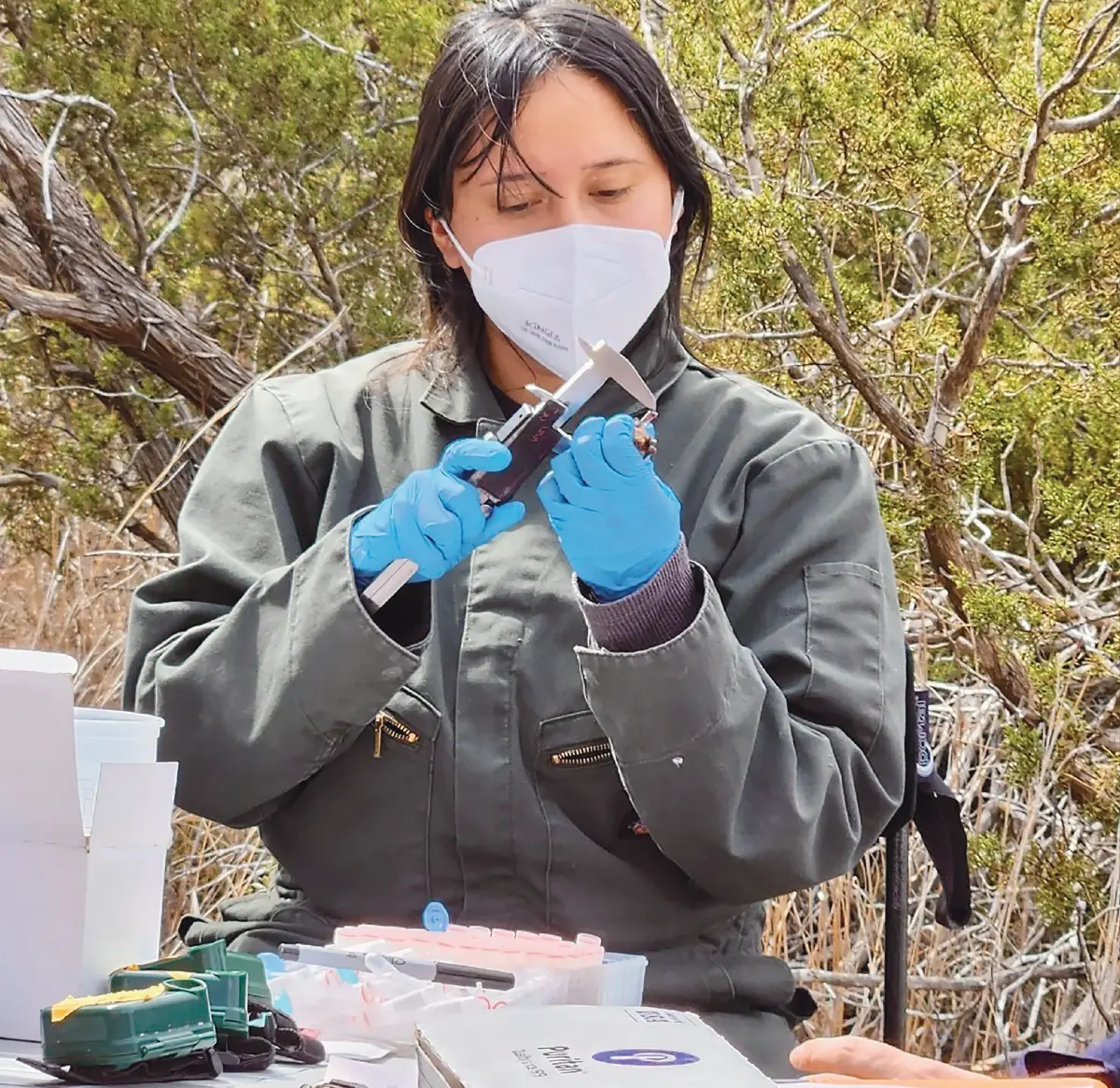
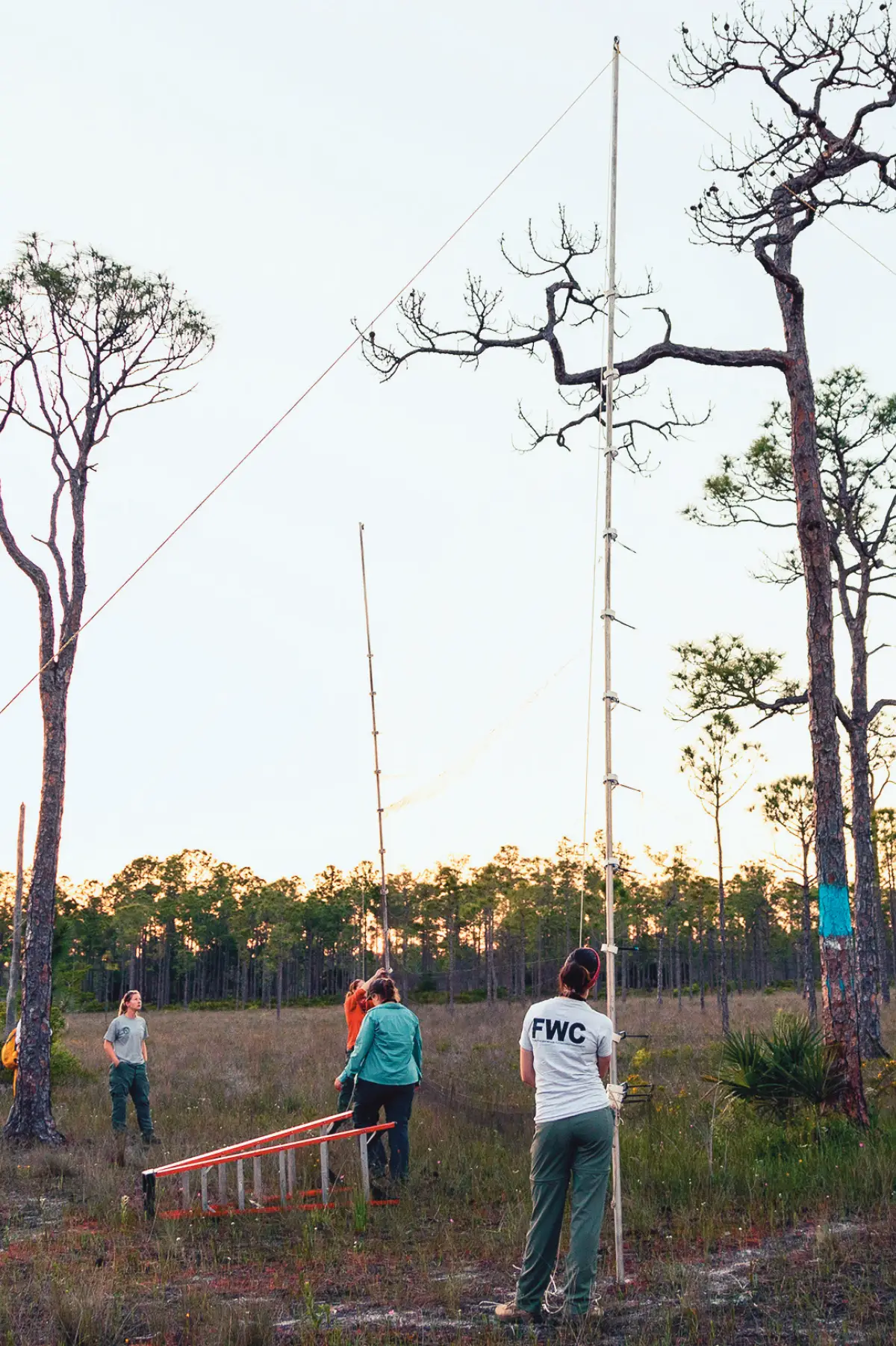


Show Me the Impact



Show Me the Impact

hen bat scientists want to find the best ways to save bats, looking at previous research is a great way to start. Seeking out what is referred to as “Conservation Evidence” is how researchers can see what we already know, how effective interventions are, and what research gaps are left to fill.
A perusal of the University of Cambridge’s Conservation Evidence website database shows 200 potential actions related to bat conservation. For each of these actions, the Conservation Evidence database compiles and summarizes published scientific studies that measure the effectiveness of each action. The consistency of results and number of studies on an action are then used to rank each action by the evidence. For example, increasing the wind speed at which wind turbine blades begin to spin has a dozen studies with consistent results showing this works to reduce bat fatalities, so it is ranked as “beneficial.” In contrast, using ultrasound to deter bats from wind turbines has only four studies with mixed results, resulting in a rank of “unknown effectiveness.” Other actions, such as installing bat gantries or bat bridges to help bats cross roads and railways, were found unlikely to be beneficial, with three studies providing information. When no studies have been published on a particular action, the database marks these as “no evidence found.“
“BCI invests its time and money in a way that we are going to understand how our interventions, research, and impact translate into something positive for bats.”
—Winifred Frick
The database is the brainchild of Professor William Sutherland, Ph.D., a conservation scientist and Director of Research for the Department of Zoology at the University of Cambridge. He was the initial force behind the Conservation Evidence website, joining more than 1,100 collaborators to make the database a reality. He has received numerous accolades and awards over the years, and he’s devoted his career to evidence-based conservation.
“We’ve done a lot of thinking about how you can convert evidence into decision-making,” Sutherland says. “All we’re saying is do your homework—and we’re making it easy to do your homework.”

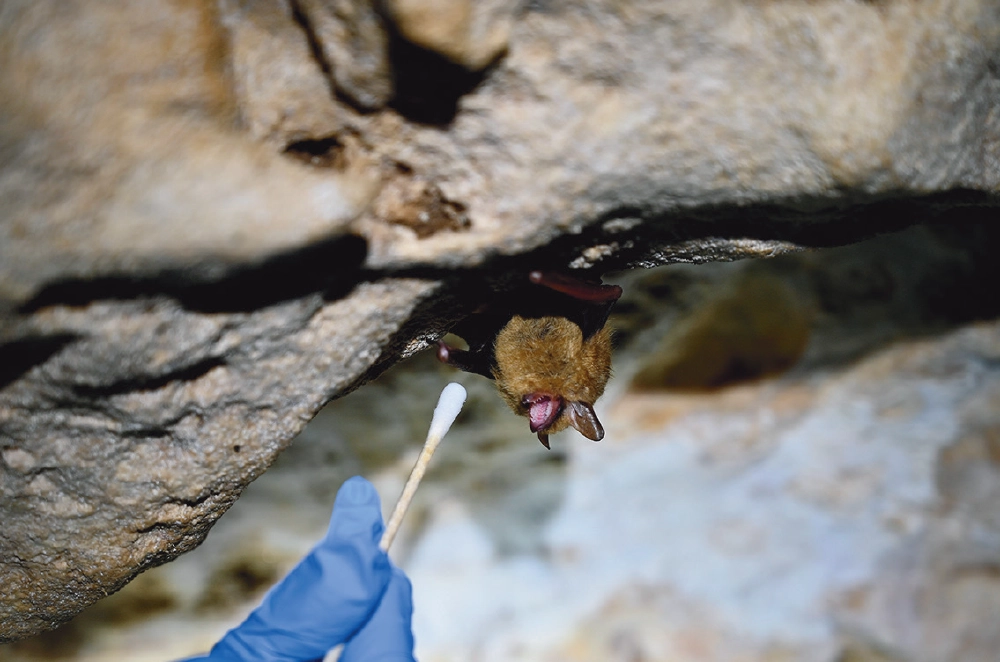
Seeking tangible results
Teague O’Mara, Ph.D., is BCI’s Director of Conservation Evidence, a position created in 2022. “The idea that you need evidence-based conservation is not new,” says O’Mara. People have been thinking about this for a very long time: How do you show the things you’re doing work?”
O’Mara’s position utilizes his expertise in quantitative analysis and study design to expand and enhance BCI’s work, including sharing project results that contribute to the global evidence base to improve conservation efforts.
“We’re trying to make sure that the conservation work we do is as impactful as possible,” O’Mara says. “What we’re trying to do with the Conservation Evidence program is to make sure that we are building conservation projects, whether research or application, that can measure their outcomes and show their impact.”
40 years of proven conservation methods

The Conservation Evidence program is a hub for collaboration within BCI. For example, it works with the Bats and Wind program to find carbon-friendly wind energy solutions while minimizing the number of bats killed by wind turbines. The program works with the White-Nose Syndrome Research team to show how habitat restoration and supplementation strategies protect bats from white-nose syndrome, and with Endangered Species Intervention to evaluate changes in population size of the Critically Endangered Livingstone’s fruit bat (Pteropus livingstonii).
“We’re trying to make sure that the conservation work we do is as impactful as possible.”
—Teague O’Mara
“We have little glimpses of how bats interact with wind turbines coming from North America and Europe, but there’s a really big push to install wind turbines across the world,” O’Mara says, noting the lack of evidence about wind turbines and bats in places like Africa and Asia. Still, they plan to target existing research to learn more.
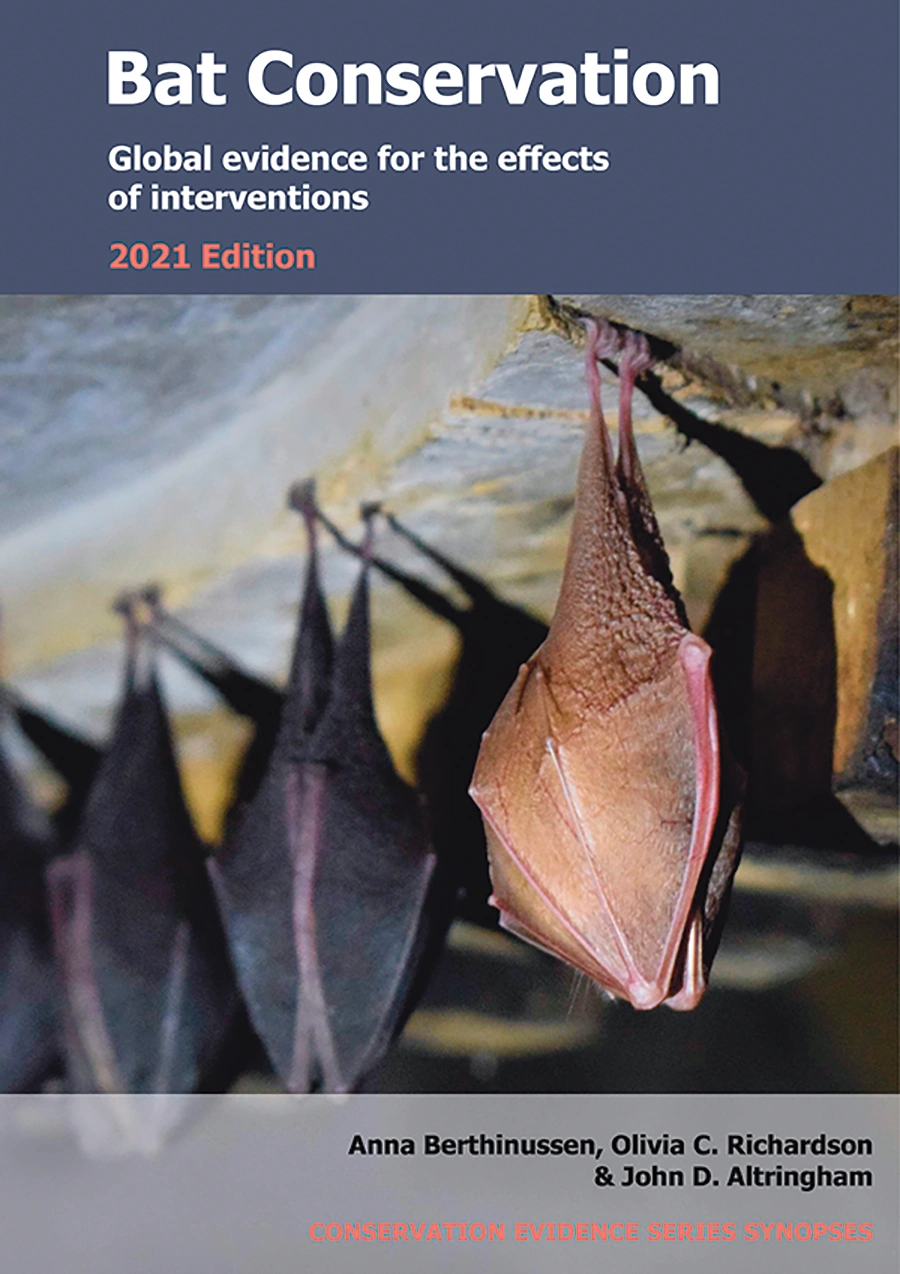
Database of Evidence
“What the Conservation Evidence database has done is pull together the interventions and their effectiveness in a single place so we can see what we already know and still need to learn to protect the planet,” says BCI Chief Scientist Winifred Frick, Ph.D.
Learn more at conservationevidence.com.
Using the evidence
“Once we go through a project, we’re pushing those results out to everyone else, whether through scientific publications or other communications,” O’Mara says. “We want to make sure everyone else in the conservation community understands what we’ve done, why BCI has been successful, and can use that information when they plan their work.”
Frick says it all comes down to what is best for bats. She says, “BCI invests its time and money in a way that will help us understand how our interventions, research, and impact translate into something positive for bats.”